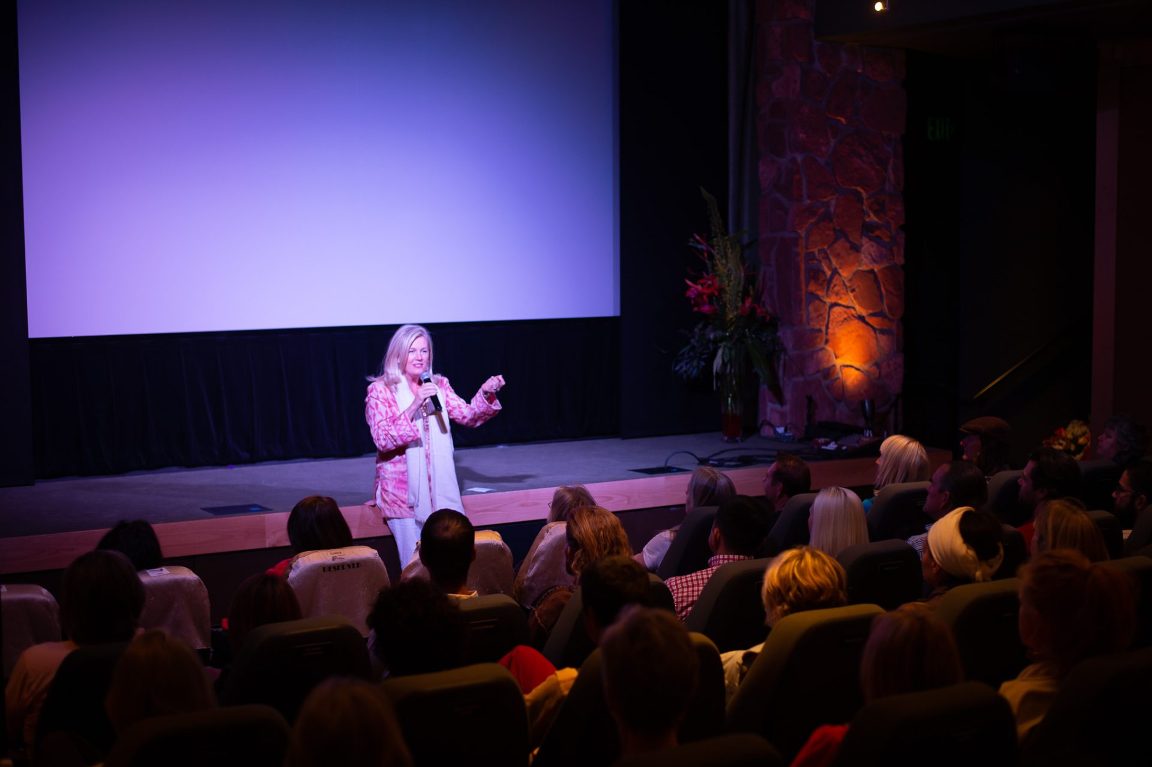Tips for Guiding the Best Meditations

Tips for Guiding the Best Meditations
1. Be sure you meditate.
- Guiding a meditation and doing your own practice are two different things. Get your own practice in first.
- Be mindful when you enter the meditation space (virtual or 3D) and remain present and attentive throughout the session.
- Create calmness in the space and in yourself, no matter what tech issues or personal issues you are working with.
2. Connect.
- Begin with an opening, a quote, what you read today, an insight, etc.
- Welcome everyone. If you don’t know the audience, see who is here for the first time.
- Briefly introduce yourself – 1 or 2 sentences – who you are and why they should listen/trust you: your qualifications, background, and how you have benefited from your practice.
3. Set the mood. Create safety.
- Let people know what to expect: If in person, tell participants where the bathroom is, and what else is going on in the building. If virtual, let them know the flow of the program and expectations r.e. the asking questions, using the chat, recording, when the program ends, etc.
- Be sure to let them know they can adjust their posture at anytime if they are uncomfortable.
- Let them know it’s ideal to close their eyes, but they can open them if they like to.
4. Be Other-Centered.
- From the beginning to the end, remember to be other-centered – focusing on who you are sharing the practice with.
- Remember you are speaking to one person at a time so use “You” and “Your” instead of “we” and “our”.
- If there are those new to meditation, you’ll need to give them some instruction.
5. Introduce the practice.
- Let them know: what type of meditation will they’ll be guided into, how long it will be, and if you are using a bell or chime.
- Tell them why you are offering it – benefits you’ve experienced or research that shows results.
- Give them brief guidance on how to sit, remind them that it’s ideal to sit still with their eyes closed, but it’s fine to shift position or open their eyes for a moment. Briefly review the 5 Essentials.
6. Guide the Meditation.
- What not to do: Giving instructions too quickly is one of the biggest mistakes that people make while guiding meditation. Telling them what they should expect to feel is another. Taking them out of the meditation too quickly is the third most common mistake.
- Speak slowly, softly, and clearly.
- Give people enough time to execute the instruction. Allow silence between guidance so they can execute: (3,2,1). Think Simon Says.
- Don’t tell people what to feel. Let them have their experience.
- if there are new meditators in the group, don’t keep your eyes closed the whole time Stay present to what is happening in your space.
7. Keep it real.
- If something is happening in the environment (fire engines, church bells, phone ringing, etc.), acknowledge the sound, or invite them into their experience. Do not ignore distractions.
- Don’t use a strange meditation voice.
- Keep your voice low and steady. Be quiet, thoughtful and kind.
- If you are in a group, project your voice toward the person farthest away from you. Do not yell.
8. End with time for integration.
- Ring bell softly (if using one!)
- Suggest they keep their eyes closed for a few minutes. Give them time to come out of meditation.
- Suggest they take some deeper breaths or gently move and that thy can slowly open the eyes when they feel ready.
- Open your eyes with a downward gaze, don’t stare at them.
9. Close the session.
- When most people have their eyes open, ask, “Was the practice easy?”
- If it wasn’t, ask why it wasn’t. Address the issue with one of the 5 Essentials, or address a misconception!
- Don’t talk too much, be a good listener.
- Close the session with an inspirational quote, poem, statement, or phrase.
10. Find out how you can become an even better meditation and mindfulness teacher, visit this link.
Sarah McLean
Sarah McLean is an acclaimed teacher and thought leader who is determined to create more peace on this planet by helping people wake up to the wonder and beauty of their lives and the world around them through the practices of meditation and mindfulness. She inspires audiences everywhere blending the spirit of Zen wisdom with Vedic knowledge and self-inquiry. She helps demystify meditation and makes it accessible to anyone. It was over 30 years ago when she began her daily meditation practice, and moved in to a Transcendental Meditation community. There, she received advanced training in meditation and studied Ayurveda. Since 1993, when she became the education director for Deepak Chopra’s Center for Mind Body Health, she's been teaching contemplative practices and mind/body health. In 1997, she went to India to live in a traditional ashram in India, When she returned to the States, spent two years as a resident trainee in a Zen Buddhist monastery. She fell in love with Self-inquiry and served as the director of Byron Katie's School for the Work. In 2012, she founded the McLean Meditation Institute, home of the Meditation Teacher Academy which certifies meditation and mindfulness teachers through its 300-hour teacher training program. Her bestseller, Soul-Centered: Transform Your Life in 8 Weeks with Meditation, and her most recent book, The Power of Attention: Awakening to Love have received rave reviews. She now lives in Santa Barbara, California where she trains meditation teachers and offers online classes and lives a life she loves.







